A Guide to Japanese Women’s Clothing and How to Incorporate Their Style into Your Wardrobe
The art of dressing is an expression of one’s culture and personality. When it comes to Japanese women’s Clothing, the elegance and simplicity are truly captivating. Their traditional attire, such as the kimono, has become a symbol of Japan’s rich cultural heritage. But how can we incorporate this unique style into our modern wardrobes? This article will explore the nuances of Japanese women’s clothing and provide insights on how to blend their timeless elegance with contemporary fashion.

Understanding the Basics of Kimono
To appreciate the beauty of Japanese women’s Clothing, one must first understand the kimono. The kimono is a traditional Japanese garment worn by men, women, and children on various occasions. It is T-shaped, straight-lined robe with long wide sleeves and a sash called an obi. The kimono is more than just a piece of clothing; it is a reflection of the wearer’s social status, age, and season, as each kimono is adorned with specific patterns and colors that convey these attributes.

Incorporating Japanese Aesthetics into Modern Fashion
The minimalistic and harmonious aesthetics of Japanese women’s Clothing can be seamlessly integrated into modern fashion. By choosing pieces that feature traditional Japanese patterns such as cherry blossoms, cranes, or waves, one can add a touch of Japanese culture to everyday outfits. Furthermore, the use of natural fabrics like silk and linen can bring a sense of comfort and elegance that is characteristic of Japanese fashion.

Layering and Accessories
One of the key elements of Japanese women’s clothing is the art of layering. By layering different textures and lengths, one can create a dynamic and visually interesting outfit. Additionally, accessories such as fans, hairpins, and tabi socks can add an authentic touch to the ensemble. These elements, when used sparingly, can transform a simple outfit into a sophisticated reflection of Japanese style.

The Impact of Japanese Fashion on Global Trends
The influence of Japanese women’s clothing extends beyond the borders of Japan. Fashion designers worldwide have been inspired by the unique aesthetics and tailoring techniques of Japanese garments. From the structured silhouettes seen in haute couture to the deconstructed styles in streetwear, the impact of Japanese fashion is evident. By understanding the principles of Japanese design, one can make informed choices when incorporating these elements into their wardrobe.
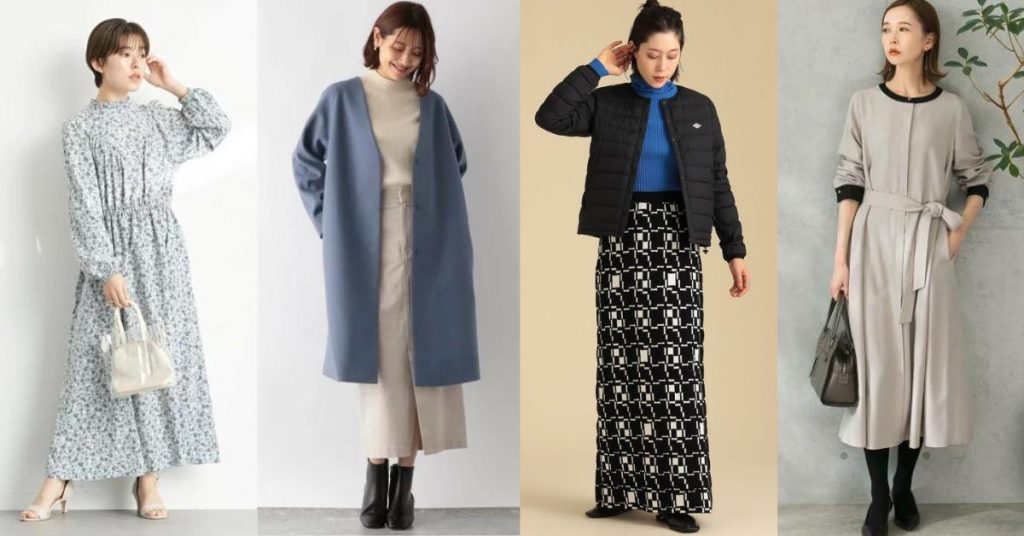


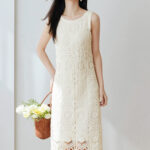

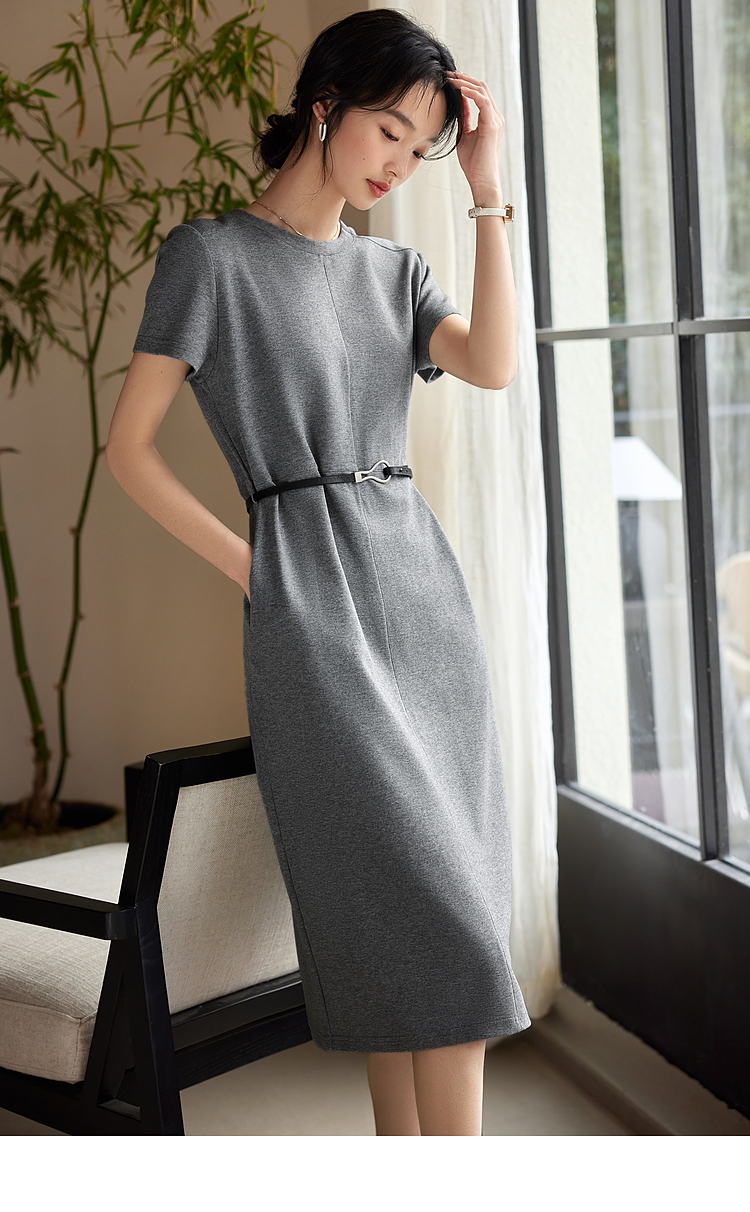
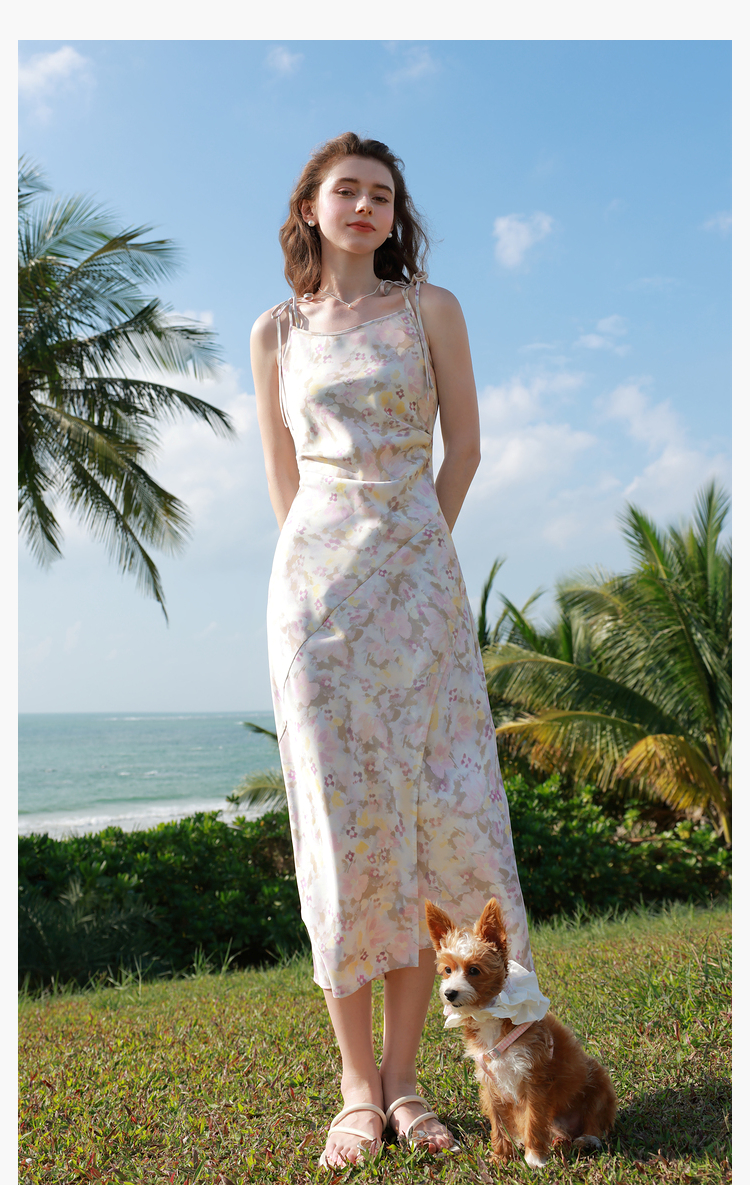
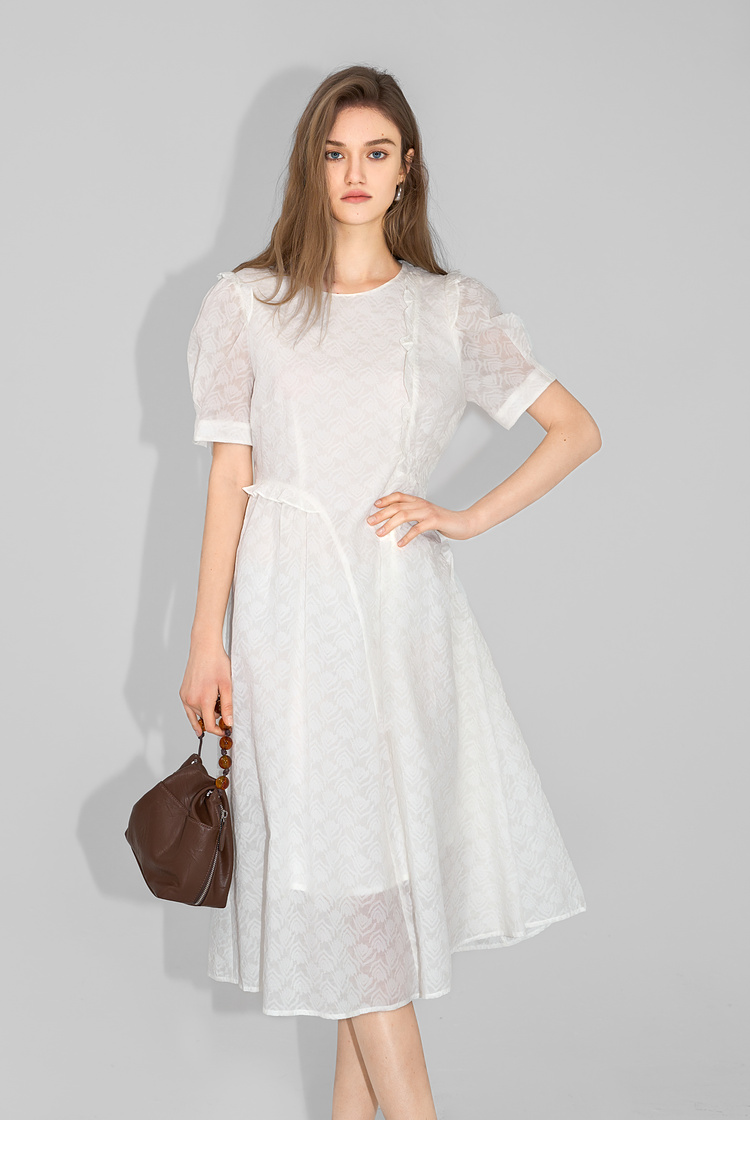
As a traveler, I love the idea of wearing Japanese clothing during my visits to the country. It’s a way to immerse myself in the local culture and create memorable experiences.
The article’s suggestion to incorporate traditional patterns like cranes and waves is brilliant. I’ve started looking for scarves and blouses with these designs, and they add such a unique flair to my outfits.
The article’s focus on elegance is great, but what about casual styles? Japanese street fashion is just as influential as the traditional looks.
I’m a mother, and I love the idea of passing down the beauty of Japanese women’s clothing to my daughter. The kimono, with its rich cultural significance, is something I hope she will cherish and appreciate as she grows older. It’s not just clothing; it’s a piece of history.
I’m a bit of a traditionalist, and I appreciate the article’s focus on the cultural heritage of Japanese women’s clothing. The kimono is more than just a piece of clothing; it’s a symbol of a rich and storied past. I’ve started collecting kimonos as a way to honor this heritage.
The article does a great job of explaining the cultural significance of the kimono. However, I wish it had delved deeper into the practical aspects of wearing one in a modern setting.
The inclusion of accessories like fans and hairpins is a brilliant touch. These small details can make a big difference in achieving an authentic Japanese look.
I’m a student, and while I admire the elegance of Japanese women’s clothing, I find it challenging to incorporate into my daily life. The kimono, for instance, is beautiful but impractical for a busy school schedule. I wish there were more modern adaptations that could bridge the gap between tradition and practicality.
The article could have included more about the emotional value of Japanese women’s clothing. For many, these garments are deeply tied to personal and cultural identity.
The discussion on the impact of Japanese fashion on global trends was interesting, but I think the article could have provided more concrete examples to support its claims.
I’ve always admired the craftsmanship of Japanese women’s clothing, but I find it hard to incorporate into my casual wardrobe. Any tips for making it more wearable for everyday life?
The article’s focus on the global impact of Japanese fashion is something I deeply appreciate. As someone who follows international trends, I’ve noticed how Japanese aesthetics have influenced designers around the world. It’s a testament to the timeless appeal of this style.
I’m a bit confused about the article’s claim that the kimono reflects the wearer’s social status and age. While this may have been true in the past, modern kimonos are more about personal style and cultural appreciation. It’s important to recognize the evolution of these garments.
The article mentions the global impact of Japanese fashion, but it doesn’t discuss how this has influenced local designers. I’d love to see more collaboration between Japanese and international brands.
I visited Japan last year and fell in love with their traditional clothing. The kimono is not just a garment; it’s a piece of art. I bought one as a souvenir, and it’s become a cherished part of my wardrobe for special occasions.
The article’s suggestion to incorporate Japanese patterns into modern outfits is a great idea. As someone who loves bold prints, I’ve found that cherry blossoms and cranes add a unique touch to my wardrobe. It’s a subtle way to embrace Japanese culture.
I’m a fashion student, and this article really opened my eyes to the cultural depth of Japanese women’s clothing. The way kimonos reflect social status and seasons is so intricate. I’d love to experiment with layering techniques inspired by Japanese fashion in my designs.
I’m a bit of a fashionista, and I love how Japanese women’s clothing combines elegance with practicality. The emphasis on natural fabrics and simple designs means that these pieces are both stylish and comfortable. It’s a style that I can wear all day, every day.
I’m a bit skeptical about how practical it is to wear kimonos in a modern, fast-paced lifestyle. While the aesthetics are undeniably beautiful, the layers and obi seem cumbersome. Perhaps a more contemporary interpretation of traditional Japanese garments would be more feasible.
The article could have mentioned the safety aspects of wearing a kimono. For instance, how does one ensure that the obi is secure and won’t come undone during daily activities?
I love the idea of incorporating Japanese aesthetics into my wardrobe, but I’m concerned about the cost. Traditional Japanese fabrics like silk can be quite expensive. I hope there are more affordable options available for those who want to experiment with this style without breaking the bank.
The article’s mention of the social status and age conveyed by kimonos is fascinating. It’s a reminder that clothing is more than just a fashion statement; it’s a reflection of one’s identity. I’ve started paying more attention to the cultural significance of my wardrobe choices.
The article’s focus on the kimono as the epitome of Japanese women’s clothing is a bit narrow. There are so many other traditional garments, like the yukata and the happi, that are equally beautiful and culturally significant. It would have been nice to see a more diverse representation.
I disagree with the claim that Japanese fashion has a significant impact on global trends. While there are influences, I think the article overstates its case.
I’m a bit skeptical about the practicality of wearing traditional Japanese clothing in a modern context. While it’s beautiful, the kimono and other traditional garments seem too formal for everyday wear. I hope there are more casual options available.
I’m a bit concerned about the cost of traditional Japanese clothing. The kimono, for instance, can be quite expensive. It’s important to consider the cost-effectiveness of these garments, especially for those on a budget.
The article could have provided more tips on how to mix and match Japanese clothing with other styles. This would make it easier for readers to incorporate these pieces into their existing wardrobes.
The article does a great job of highlighting the global impact of Japanese fashion. As someone who follows international trends, I’ve noticed how Japanese aesthetics have influenced high fashion and streetwear. It’s fascinating to see how these traditional elements have been modernized and adapted for a global audience.
I’m a bit concerned about the cost of maintaining traditional Japanese fabrics like silk. While they are beautiful, they require special care and can be quite expensive to maintain. This might be a drawback for those who are looking for more affordable options.